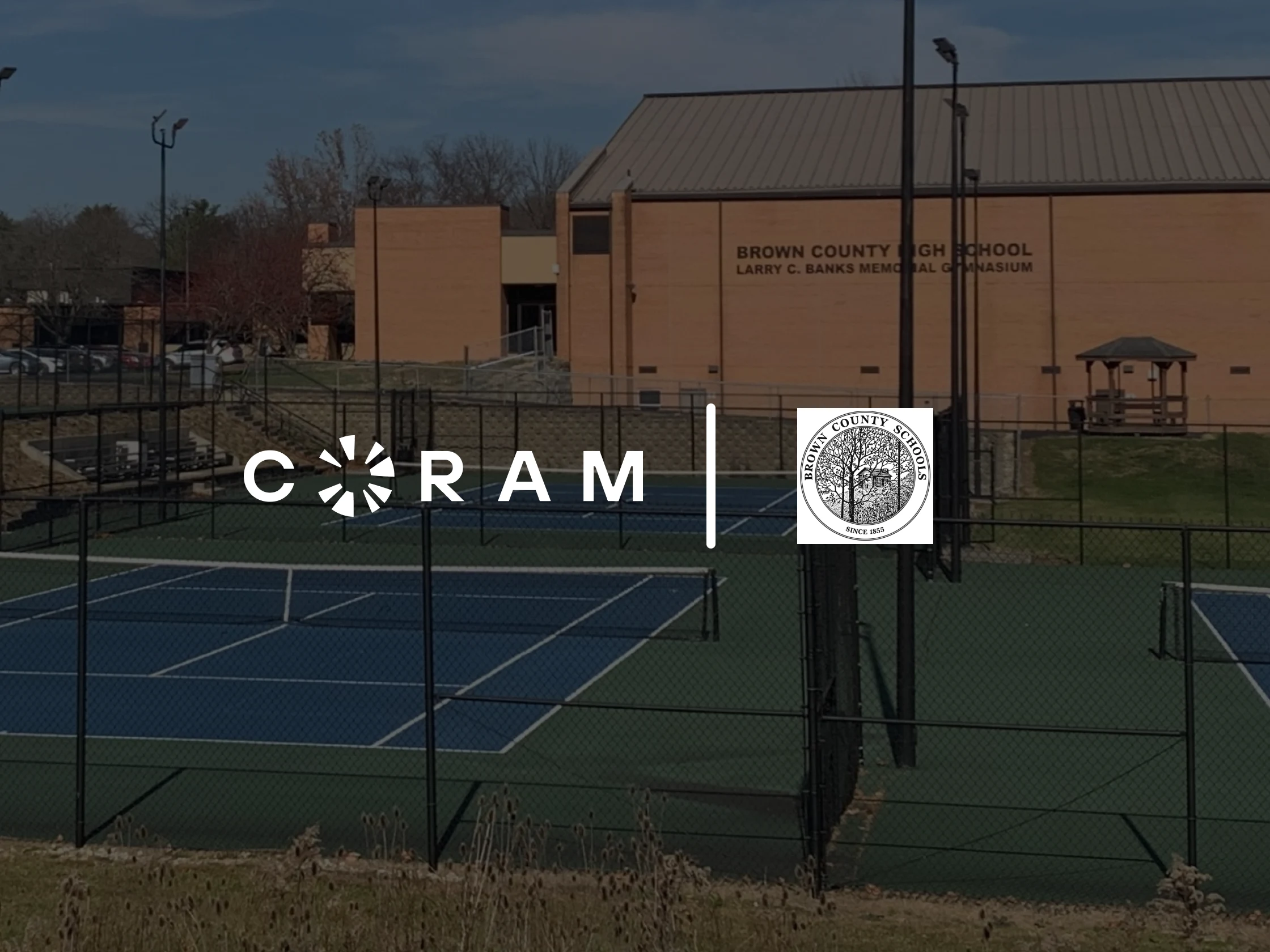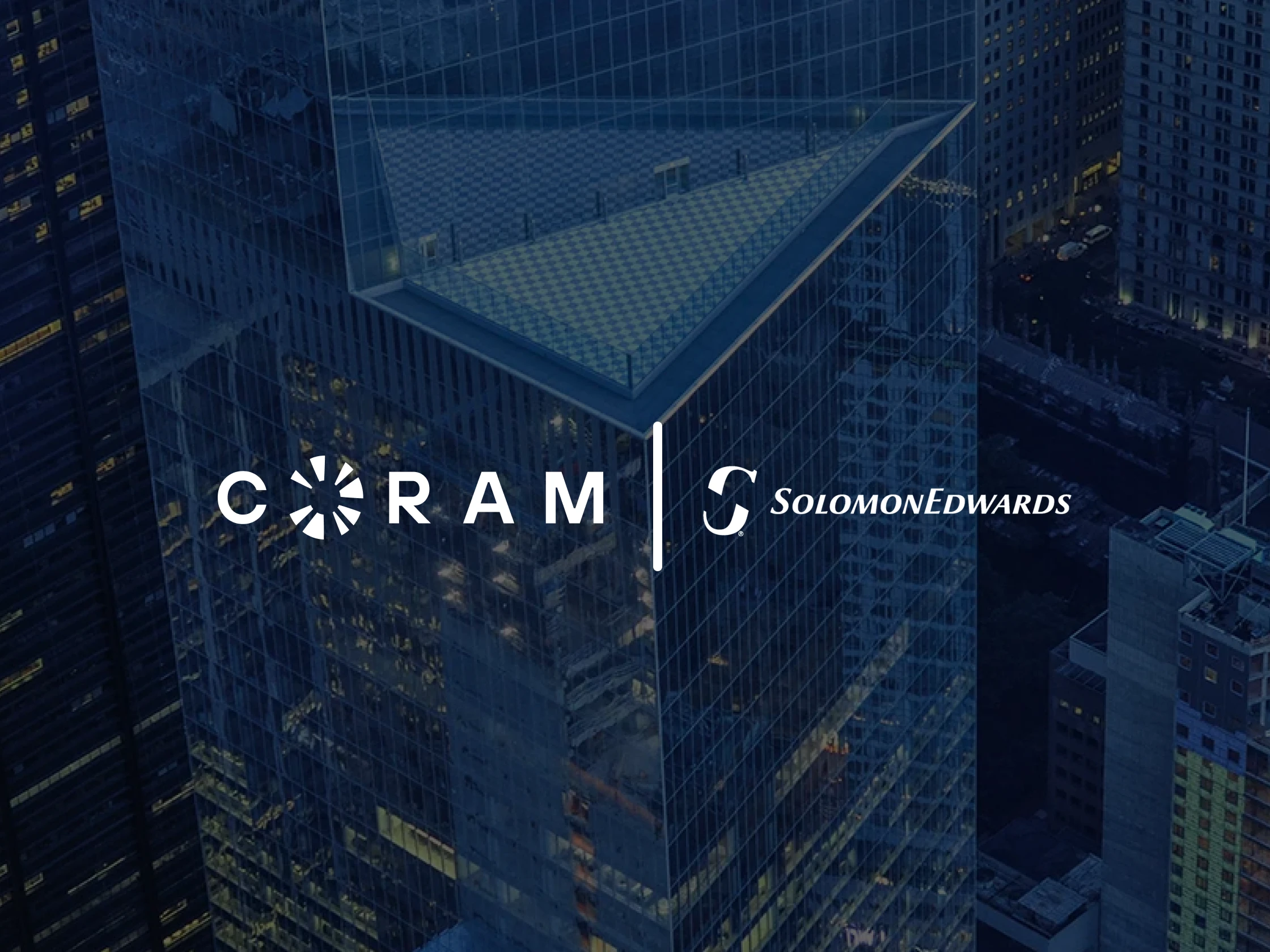As physical security infrastructure evolves, decisions about ecosystem architecture, whether open or closed, have become strategic. They shape how flexible, interoperable, and future-ready your surveillance system can be. At Coram, we’ve built around the belief that openness isn't just a preference. It is the only way to ensure systems scale, integrate, and continue delivering value over time.
The Risks of Closed Ecosystems in Modern Surveillance
Closed surveillance platforms bundle proprietary hardware and software into one tightly managed environment. While this simplifies initial deployment, it significantly limits long-term flexibility.
These systems typically don't support third-party devices. AI functionality is often disabled if the subscription lapses. API access—if offered—is restricted, which means custom integrations are nearly impossible.
Some platforms like Verkada, Avigilon Alta, and Rhombus support RTSP and ONVIF, but their core features remain optimized for use within their own cloud ecosystems.
The Strategic Advantages of Open Ecosystems
An open surveillance ecosystem separates hardware from software and AI compute from storage. This design enables integrators and security teams to work across multi-vendor environments, adjust to bandwidth constraints, and maintain access during subscription interruptions.
Open platforms support ONVIF and RTSP feeds, enable local storage and access, and allow AI to run at the edge or in the cloud. These systems integrate cleanly with access control, emergency management, and identity systems through documented APIs.
For organizations with legacy infrastructure, compliance-driven storage policies, or variable network conditions, open systems are not optional. They are foundational. You can expand capabilities without starting from scratch.
How Coram AI Implements Openness
Coram is a camera-agnostic, AI-first video platform designed to preserve system ownership and architectural flexibility. Every component is engineered to keep control in the user’s hands.
It supports ONVIF and RTSP out of the box. Cameras from Axis, Hanwha, Bosch, and others connect directly. Coram’s AI analytics, including object detection, weapon alerts, and natural-language video search, operate across third-party video camera streams.
When your license expires, the local system continues functioning. You can view footage, generate alerts, and manage devices without cloud dependencies. Since Coram supports ONVIF/RTSP standards and local NVR/edge storage, footage capture and local video access are architecturally independent from the cloud.
Why It Matters for Security Decision-Makers
For an IT team managing dozens of schools or a CSO overseeing hundreds of cameras across multiple states, lock-in is not just a technical issue. It is a budgeting, staffing, and operational constraint.
IT leaders need the freedom to replace one camera at a time, not an entire platform. Security directors need systems that integrate with their existing alert and response workflows. School districts need capital-efficient options that align with public funding and compliance standards.
Openness gives these teams the ability to use the best tools available and to keep using them even if vendors change or contracts expire.
Final Takeaway
When you adopt a closed system, you are not just buying software. You are buying into a roadmap, a business model, and its limits. Coram was built to shift that power back. You own the devices. You select the integrations. You define how AI is deployed and scaled.
That is what we mean by open. It is the foundation that supports continuous discovery without compromise. If you are planning a new deployment or looking to extend the life of your current system, it is worth inspecting the architecture underneath. It makes all the difference.
FAQ
Closed systems limit your ability to scale, integrate, or retain functionality once your subscription ends. You lose flexibility and control.
Yes. Coram supports ONVIF and RTSP, allowing integration with a wide range of standards-compliant cameras.
Your system continues to function locally. You retain access to your hardware, security cameras, and basic operational features.
Yes. Coram supports cloud-only, on-premise, and hybrid deployments, adapting to your bandwidth and compliance requirements.
Because they reduce vendor lock-in, support gradual upgrades, and ensure long-term cost-efficiency without sacrificing functionality.





.webp)








.webp)
